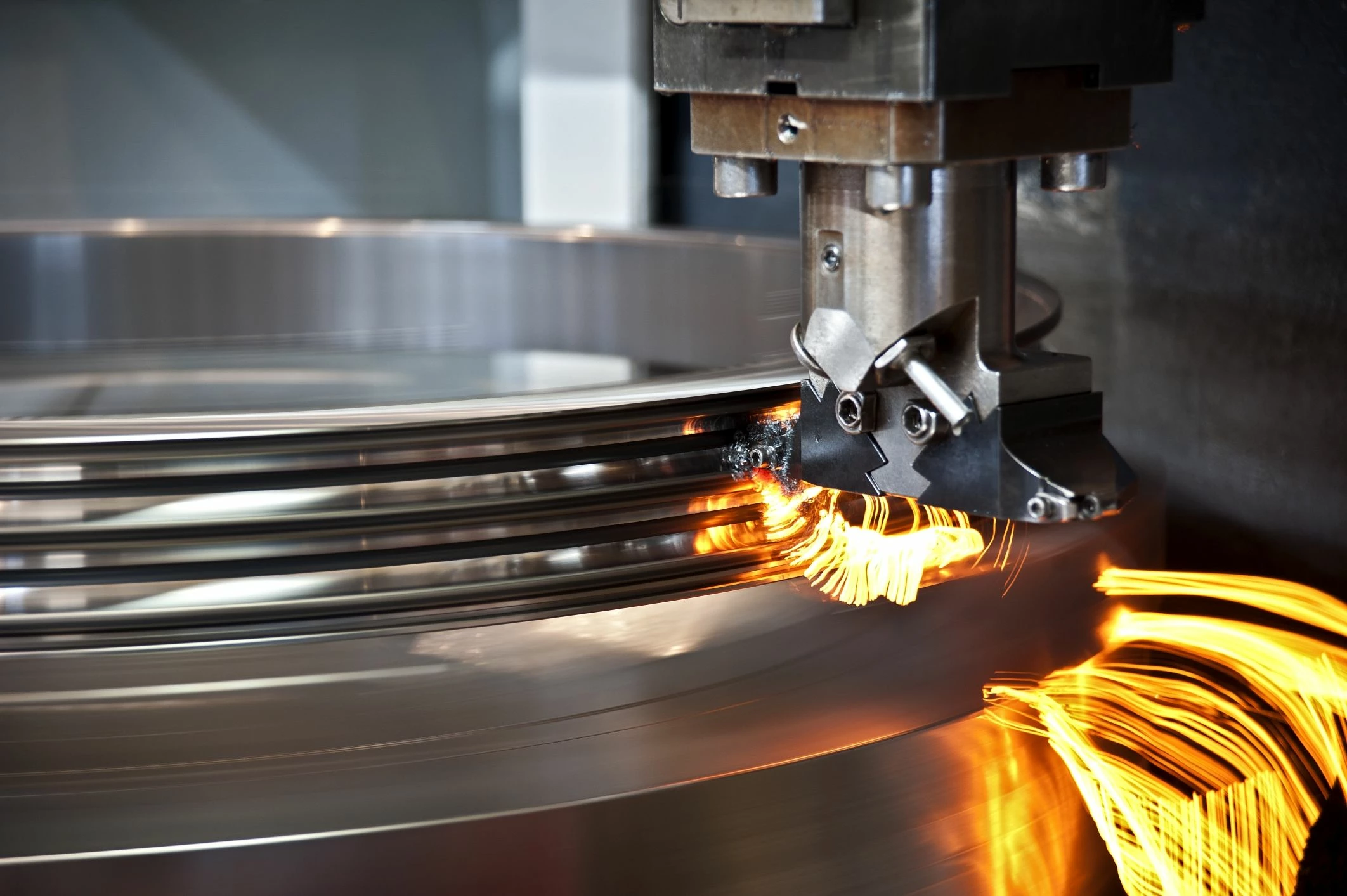
Partner Article
Budget offers real boost for manufacturers and exporters
George’s Osborne’s fifth budget as chancellor will be remembered by different people for different reasons, depending no doubt on personal circumstances and political persuasion.
However, putting politics completely to one side, it has to be lauded as a good budget for businesses, particularly manufacturing firms, in that it has addressed some of the biggest issues and current concerns of the business community.
In the run up to the budget, and the autumn statement before it, Moore and Smalley had been calling for government to give clarity on what would happen to the Annual Investment Allowance, which had been due to drop to just £25,000 at the end of 2014.
While we expected the £250,000 allowance to be extended beyond the end of 2014, it was a genuine surprise to hear the chancellor announce plans to increase this to £500,000 until the end of 2015. This offers real certainty for those businesses planning investments in plant and machinery and will enable them to fully exploit growth opportunities.
Meanwhile, the pledge to boost the export finance scheme by doubling the amount of finance available to £300bn, and a cut to the interest rate on loans made by the scheme, will be welcomed by all companies looking to break into export markets.
Plans to address the high cost of energy for manufacturers with a £7bn package of measures will also offer comfort to UK manufacturing firms who face the highest energy costs in Europe.
Of course, there will be many other issues that businesses would have liked to have seen further action taken on, such as a review of business rates, VAT and other tax issues.
But this was always going to be a fiscally neutral budget and the business sector, particularly manufacturing, has to be pleased, particularly with the Annual Investment Allowance increase which will cost government £2bn.
Damian Walmsley is a partner at accountancy and business advisory firm Moore and Smalley
This was posted in Bdaily's Members' News section by Moore and Smalley .








 Apprenticeships: Lower standards risk safety
Apprenticeships: Lower standards risk safety
 Keeping it reel: Creating video in an authenticity era
Keeping it reel: Creating video in an authenticity era
 Budget: Creating a more vibrant market economy
Budget: Creating a more vibrant market economy
 Celebrating excellence and community support
Celebrating excellence and community support
 The value of nurturing homegrown innovation
The value of nurturing homegrown innovation
 A dynamic, fair and innovative economy
A dynamic, fair and innovative economy
 Navigating the property investment market
Navigating the property investment market
 Have stock markets peaked? Tune out the noise
Have stock markets peaked? Tune out the noise
 Will the Employment Rights Bill cost too much?
Will the Employment Rights Bill cost too much?
 A game-changing move for digital-first innovators
A game-changing move for digital-first innovators
 Confidence the missing ingredient for growth
Confidence the missing ingredient for growth
 Global event supercharges North East screen sector
Global event supercharges North East screen sector